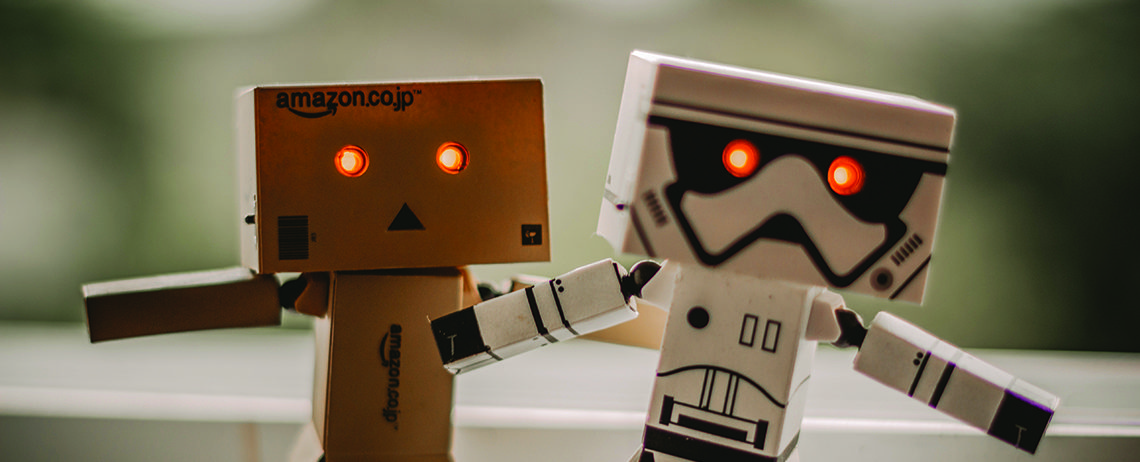Amazon Safety Wearable for Harmonious Human-Robot Workplace Relations
SafetyCulture News | By | 22 Jan 2019 | 2 minute read

A vest to help keep workers safe. That calls to mind a bright orange life vest, but in 2019, what it really is is a way for robot workers at Amazon warehouses to be aware of, and avoid, human workers that they could potentially injure. And it’s more of a utility belt than a vest.
Wearables are at the frontline of tech, and many workplaces are already employing them to help improve worker health and safety, so it makes sense that Amazon would want to get in on it.
Amazon has also suffered some public setbacks related to warehouse safety and robot workers. Late last year a robotic arm punctured a can of bear spray in a New Jersey Amazon warehouse, sending 54 staff to the hospital. So it makes sense that the company’s robotics arm is trying to find a practical solution to allow for harmonious, safe spaces.
The Occupational Safety and Health Administration has flagged robots as a potential hazard for human workers, particularly where they are interacting in ways that are outside of normal operations—like when robots are being maintained or repaired, or cleaned.
That’s something a wearable alerting robots to the presence or proximity of a human co-worker would help to ameliorate. Which is one of the reasons why Amazon Robotics is giving wearables a go. The orange sensor vest is one example.
The sensor vest has been rolled out over the past year to over 25 Amazon sites, according to TechCrunch. The vest is designed to keep workers safe when they need to fix a robotic system or retrieve fallen items from an area where humans would otherwise not be. Built-in sensors alert Amazon’s robotic systems to the worker’s presence, and they slow down, hopefully avoiding any potential collisions.
“What the vest allows the robots to do is detect the human from farther away and smartly update its travel plan to steer clear without the need for the associate to explicitly mark out those zones,” Amazon Robotics VP Brad Porter told TechCrunch.
More broadly, Amazon Robotics’ mission is to automate “fulfilment center operations using various methods of robotic technology including autonomous mobile robots, sophisticated control software, language perception, power management, computer vision, depth sensing, machine learning, object recognition, and semantic understanding of commands.”
Testing on the vest has been a “huge success” according to Amazon Robotics, which is good to hear because trust in human-robot workplace relations is key to the broader success of AI in the workplace.
Important Notice
The information contained in this article is general in nature and you should consider whether the information is appropriate to your specific needs. Legal and other matters referred to in this article are based on our interpretation of laws existing at the time and should not be relied on in place of professional advice. We are not responsible for the content of any site owned by a third party that may be linked to this article. SafetyCulture disclaims all liability (except for any liability which by law cannot be excluded) for any error, inaccuracy, or omission from the information contained in this article, any site linked to this article, and any loss or damage suffered by any person directly or indirectly through relying on this information.





